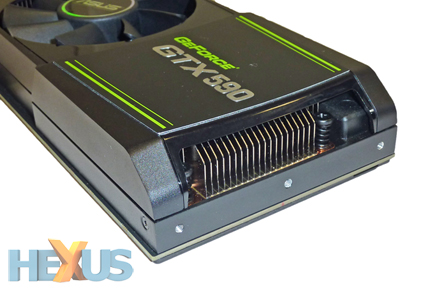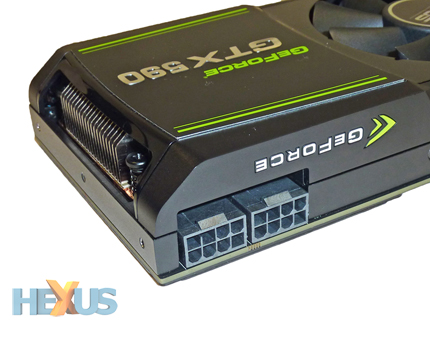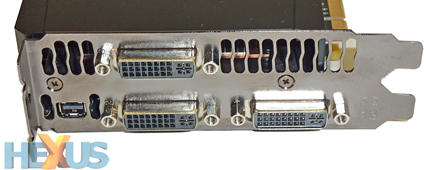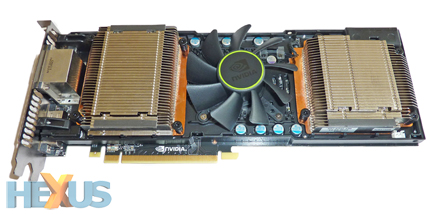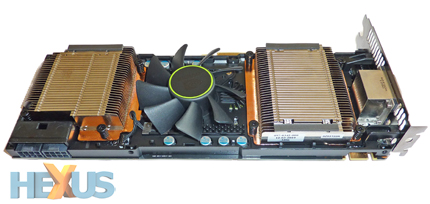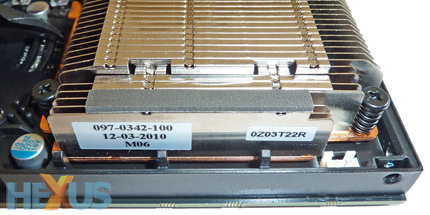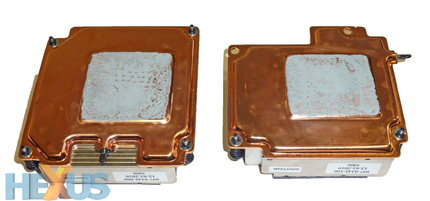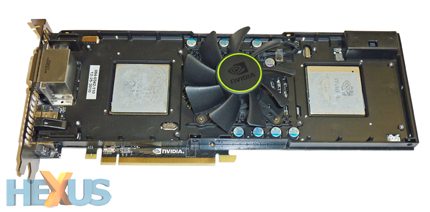ASUS GeForce GTX 590 3GB
Here's the chief GeForce card for the foreseeable future. Doesn't quite take your breath away, does it? But that's most likely the point.
NVIDIA's keen to point out that its top-line graphics can be housed in a smaller and more elegant form factor than Radeon HD 6990. The card measures 11in and fits into a standard two-slot profile. Build quality on the 1,050g card is superb throughout; it feels suitably expensive.
GTX 590 uses the same basic cooling setup as the Radeon HD 6990, and this means a centrally-located fan flanked by separate vapour-chamber heatsinks on either side. Crucially, NVIDIA uses a 90mm axial fan, rather than the radial fan employed by AMD, and this makes a discernible difference to the card's noise output.
There's no way getting around the need for two 8-pin power connectors. The card will pull and tug on the 12V with gusto, and NVIDIA recommends a 700W PSU as a minimum. But what's another £100 outlay when you're laying out £550-plus on a card, eh?
A single SLI connector paves the way for quad-GPU rendering, though you'll need a 1kW PSU and a spare £1,100 for the privilege. NVIDIA is releasing the quad-SLI-compatible driver today, and we'll be taking a peek at performance in due course.
Outputs-wise, NVIDIA integrates three dual-link DVI and a single miniDisplayPort v1.1a on the backplane. For the first time, a single GeForce is able to drive three screens simultaneously - NVIDIA Surround, then - and the cherry on the top is the ability to run a trio of 3D monitors in concert. Heck, that's one method of using all the firepower on tap. Four displays can be driven if running just 2D on each, by the way.
We've taken the shroud off the reference card - yup, we've got two - to give you a closer glimpse of the inner workings of the card.
Two vapour-chambered heatsinks pull the heat away from each GF110 GPU and ferry it to the aluminium fins on the top, while the 90mm fan then drives the hot air through the shroud and out of the rear. That's the theory, anyway.
Notice the two-pin header on the bottom-right. The shroud's GeForce insignia, near the power ports, is lit up when the card is operational: cool beans.
Getting a little more intimate, NVIDIA says the GTX 590 has a 12-layer PCB, primarily to evenly disperse the heat produced by the card. Taking a leaf out of motherboard manufacturers' books, it also has very thin strips of copper inserted in the power and ground layers, again to facilitate the transfer of heat.
The GF110 GPUs finally revealed. They run at 0.925V and clock in at lower speeds than either the single-GPU GTX 580 or GTX 570's.
ASUS's slight twist
As you know, the reference card clocks in at 607MHz core and 3,414MHz memory. Every partner we've spoken to, save one, will be launching its vanilla GTX 590 at those NVIDIA-prescribed speeds.
ASUS is the one partner that isn't. It's slapped on a custom BIOS that increases frequencies just a touch, to 612MHz core and 3,424MHz memory, as shown below:
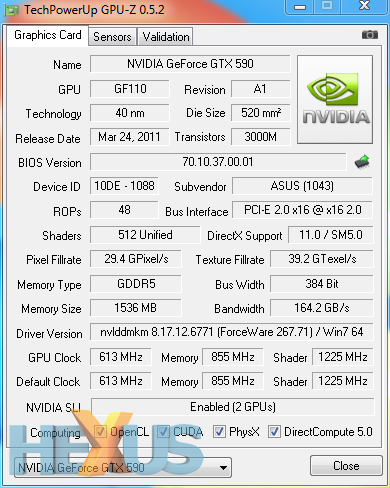
GPU-Z slightly misreports the figure, but there's clear evidence that ASUS inches up the clocks above the default card's.







